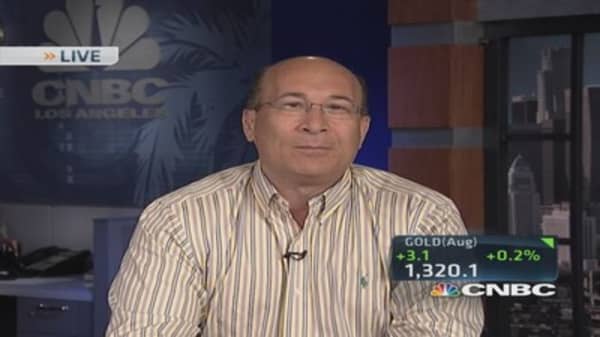There's been a lot of talk about how low volatility is in the market right now but I suspect this will be the norm for a while — and that's not such a bad thing.
The CBOE volatility index, a measure to implied volatility in the S&P 500 options market, and thus a proxy for overall stock market volatility (debatable), has seen extended periods of peace in the mid-1990s and, again, from 2003-2007.
The gloom and doomers warn of a volatility spike following extended periods of peace and quiet. But in the past, the results of low volatility were not always immediately catastrophic.
Read MoreCould inflation be the new subprime?
The modern VIX has been in use since 1990; before that, the volatility gauge was known as the VXO.





